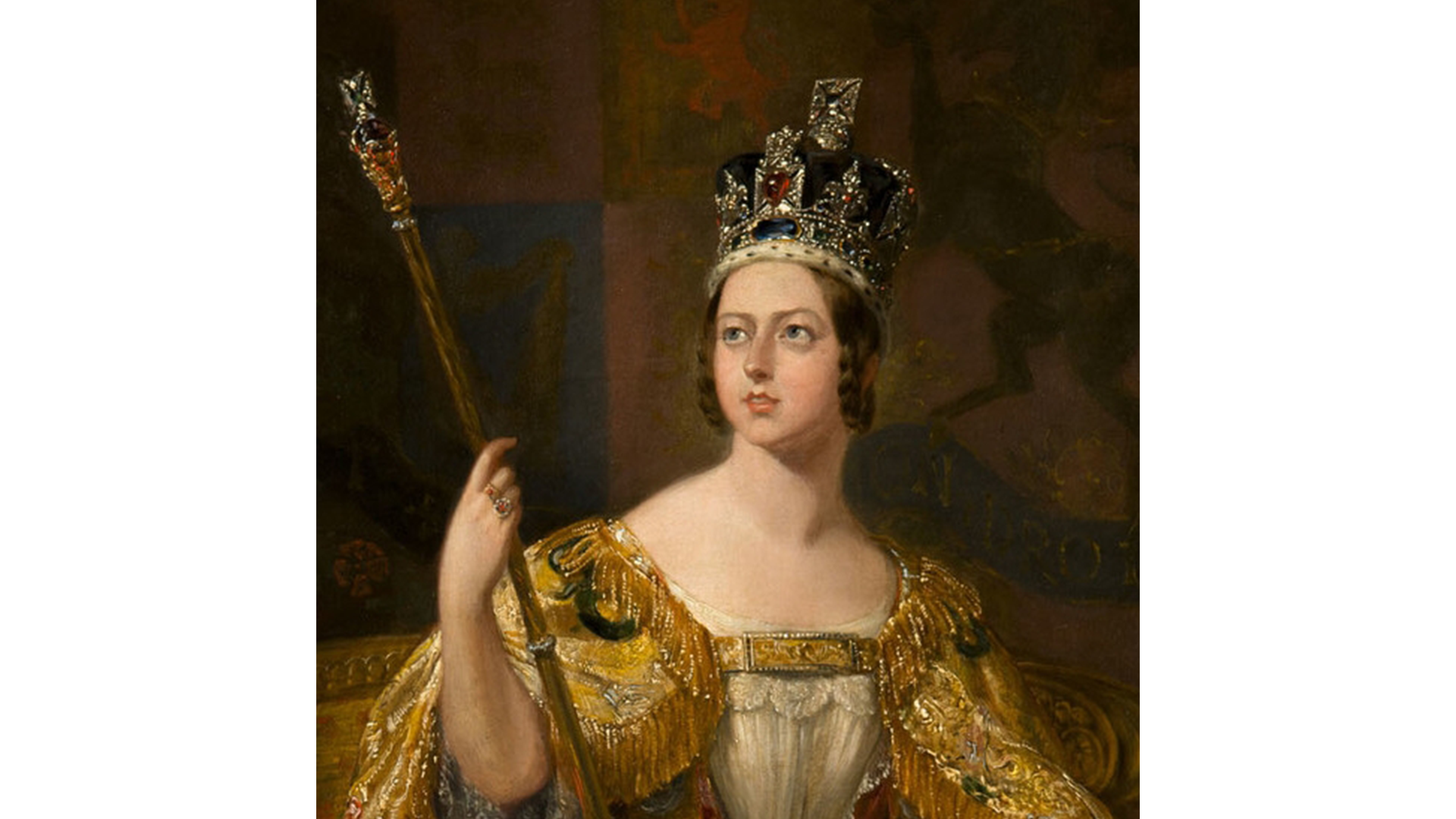Desired for its rich red color and coveted for its value, ruby has long been a gemstone associated with royalty. For centuries, one of the most famous red gems in the world was thought to be a ruby, only to be later identified as a spinel. That gem is the Black Prince’s Ruby, which has a very colorful past and is now part of the British Crown Jewels.
A Moorish Prince

The first references to the Black Prince’s Ruby came even before it was named. The blazing red gem belonged to the Moorish Prince of Granada Abu Sa’id. In 1366, he was being attacked and put under Castillian rule, so Sa’id decided to surrender to Castillian leader, Don Pedro, ruler of Seville, Spain, also known as Don Pedro the Cruel, and he lived up to that reputation. Sa’id went to surrender to Don Pedro, who first killed his entourage and then killed him. Don Pedro then searched the body until he found a large, glowing red gemstone, which he kept for himself, but not for long.
A short time later, Don Pedro’s rule was challenged by his half-brother, Henry of Trastamara. In order to squelch the revolt, Don Pedro enlisted the help of the Black Prince, Edward of Woodstock, son of England’s Edward III. Don Pedro was running low on funds, so the Black Prince insisted on the ruby as payment. It was his acquisition of the stone that lent it its name. Historians assume that he took the gem back to England in 1367, but no one heard about the red rock until 1415 when it was worn by King Henry V.
At this point everyone still thought that the stone was a ruby and the next mention of the gem came in 1521 when it was noted in an inventory of King Henry VIII’s as a “great balas ruby” thought by historians to be the Black Prince’s Ruby. The bright red gem was set in the Tudor Crown, where it lived comfortably until the 17th century, when antimonarchist Oliver Cromwell overthrew and executed King Charles I in 1649. At that time, all the royal jewels including the crown were taken apart, the gems were sold and the gold was melted and turned into coins. There is no record of what happened to the Black Prince’s Ruby. However, it resurfaced in 1661 when it was mysteriously found and set in a crown, where it remained until Victoria was crowned queen in 1837. Historians believe that the Black Prince’s Ruby was purchased by a jeweler who kept the stone and sold it back to the monarchy when Charles II came into power.
It’s Really a Spinel

When Victoria was coronated a new crown was made by Rundell and Bridge. The ruby was placed front and center in the crown, estimated to weigh 170-carats, the stone is unfaceted, but polished on the visible surfaces. The rock had a tiny drill hole in it from when it was worn as a pendant, so a small ruby was used to cover the hole. Queen Victoria is seen wearing the headpiece known as the Imperial State Crown in her coronation portrait by Sir George Hayter.
Eventually, there were enough advances in the study of gemstones that it was determined that the Black Prince’s Ruby was actually a spinel, a gem that is quite rare and valuable. The world got a glimpse of the Black Prince’s Ruby, a name that has stuck even though the stone is a spinel, when King Charles III was coronated. Besides the coronation, the Imperial State Crown is worn by the monarch at the opening of Parliament and other state occasions. When the crown is not being worn, it is on display in the Jewel House at the Tower of London for public viewing.
Top of Page: Detail of Queen Victoria’s Coronation Portrait by George Hayter, 1838, showing the Black Prince’s Ruby on the crown, courtesy WikiCommons.
Authored by Amber Michelle
